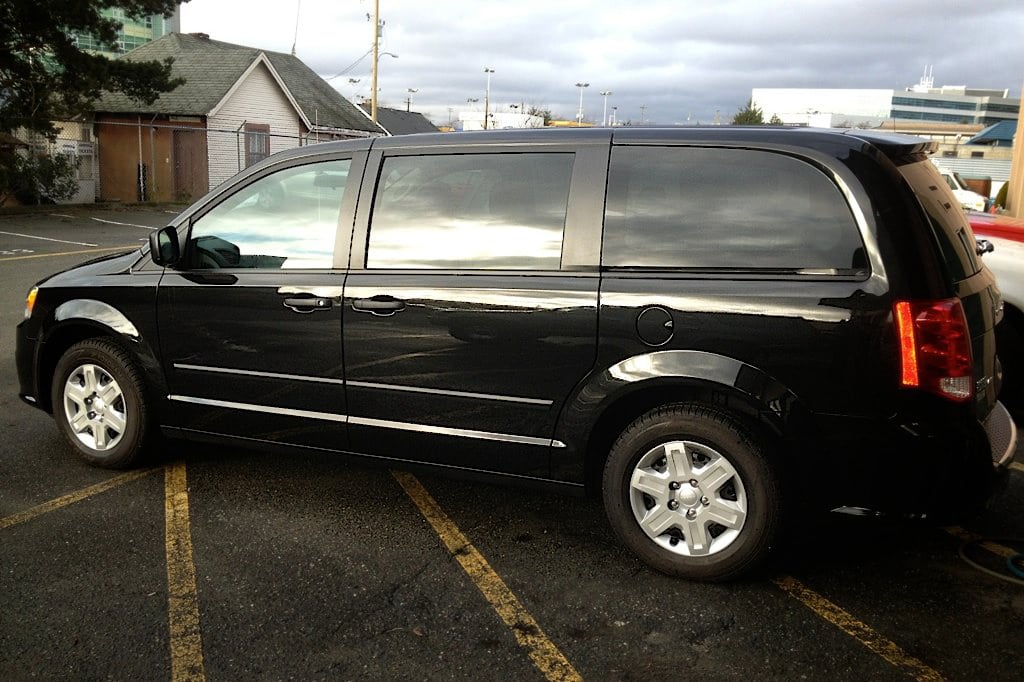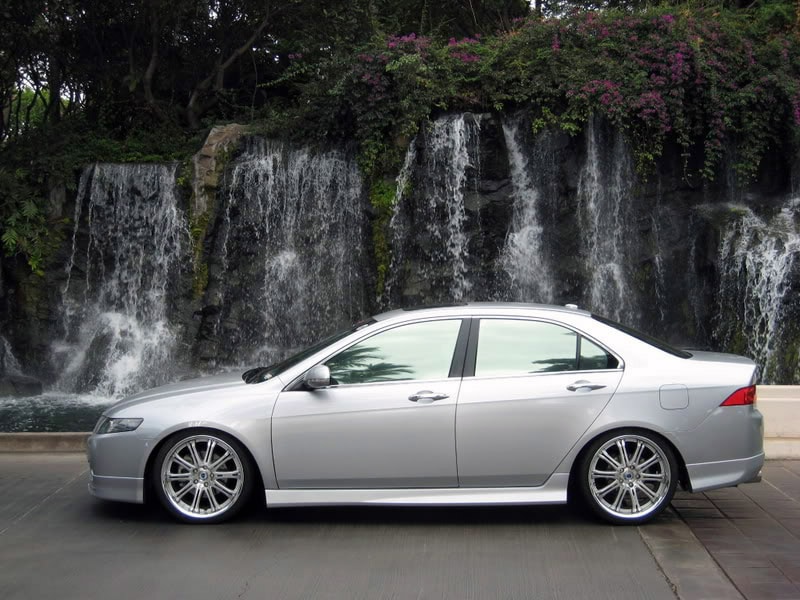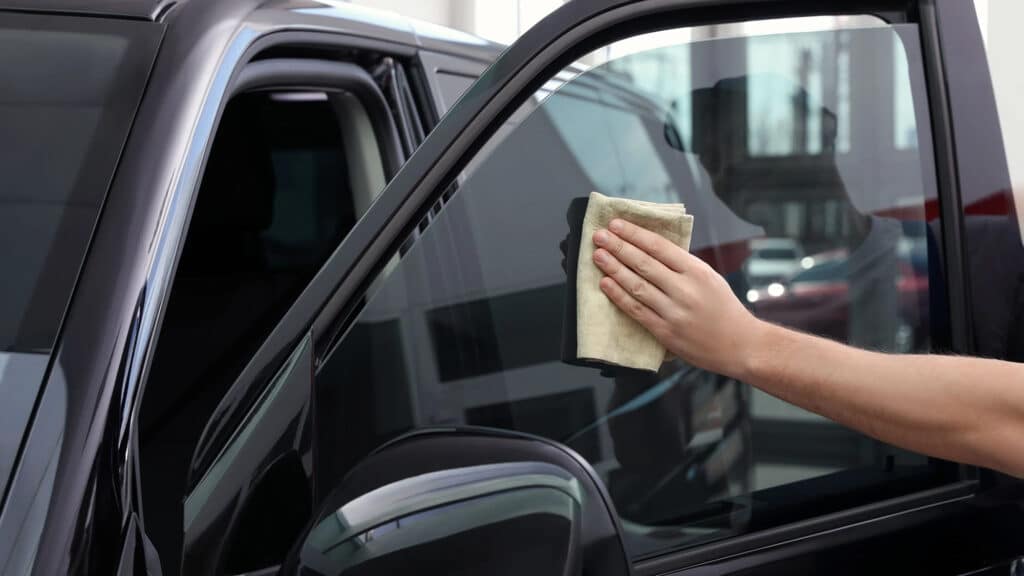Arizona has its own set of tint laws that differ from other states in the country. In order to legally use window tint in Arizona, you will need to ensure that it meets the stipulated standards.
These laws will significantly impact your tint selection. Needless to say, failure to abide by the rules surrounding permitted tint darkness and reflection will result in hefty fines and penalties.
Dark tints look awesome, but you will need to limit yourself a bit in terms of how dark the tint can get, as well as certain other related aspects.
Is Window Tint Legal in Arizona?

Window tint is legal in Arizona. However, there are several differences in terms of how legal a certain kind of tint can be.
For instance, you can only use specifically permitted colors while also ensuring that you allow a certain amount of light to enter through your car window.
Certain other elements can also determine the legality of window tint in this state. For instance, the tint that you add to your windshield needs to be different from the tint that you add to other windows in your car.
Depending on the placement of the windows, you will have to make some alterations.
Similarly, different kinds of cars and vehicles have different requirements and rules in place, so make sure you follow the right instructions depending on the car you own.
Permitted Window Tint Darkness

Arizona permits a certain amount of darkness when it comes to your window tint, which means that there are rules around how much light your tint can block. This is measured in VLT or visible light transmission.
This permitted VLT percentage is different for different windows and cars.
Sedans
Windshield: You can only use a non-reflective tint on your windshield that you should place above the AS-1 line.
Driver-side windows: At least 33% VLT is essential.
Passenger-side windows: At least 33% VLT is essential.
Rear window: No VLT limit.
SUVs and Vans

Windshield: You can use a non-reflective tint above the AS-1 line.
Driver-side windows: At least 33% VLT is essential.
Passenger-side windows: At least 33% VLT is essential except for the rear windows.
Rear window: No VLT limit.
Acceptable Tint Reflection
The reflection level, when it comes to the tint, refers to the light that gets reflected off the car window. This is not the same as the darkness level since that refers to the light that enters the car.

The acceptable reflection levels are different for different car types.
Sedans
Windshield: The tint should be non-reflective.
Driver-side windows: You can use a reflective tint of up to 35%.
Passenger-side windows: You can use a reflective tint of up to 35%.
Rear window: You can use a reflective tint of up to 35%.
SUVs and Vans
Windshield: The tint should be non-reflective.
Driver-side windows: Reflective tint up to 35% is permitted.
Passenger-side windows: Reflective tint up to 35% is permitted.
Rear window: You can use a reflective tint of up to 35%.
Other Arizona Tint Rules You Need to Know

Some other Arizona tint rules are as follows.
Color: You cannot use red or amber-colored tint film.
Side mirrors: You must install two side mirrors if you tint the rear windows.
Exemptions: If you have medical issues that require you to use window tint, you can request exemptions to add a darker tint.
Certification: No certification is required by the manufacturers.
Sticker: You do not need a sticker to denote the legality of the tint.
State of Arizona Info

Arizona is the 6th largest state in the U.S. and is located in the southwestern region of the country.
The state is home to several forests, canyons, and even deserts. It is the 15th most populous state in the country.
Population: 7,276,316
Capital: Phoenix
Area: 113,990 sq mi
Registered vehicles: 2,371,199
Total lane miles: 131,356
Number of highways: 6
Tint law references: Arizona Revised Statutes Section 28-959.01
Medical exemption: Window Tinting Exemption | Medical Review FAQ

